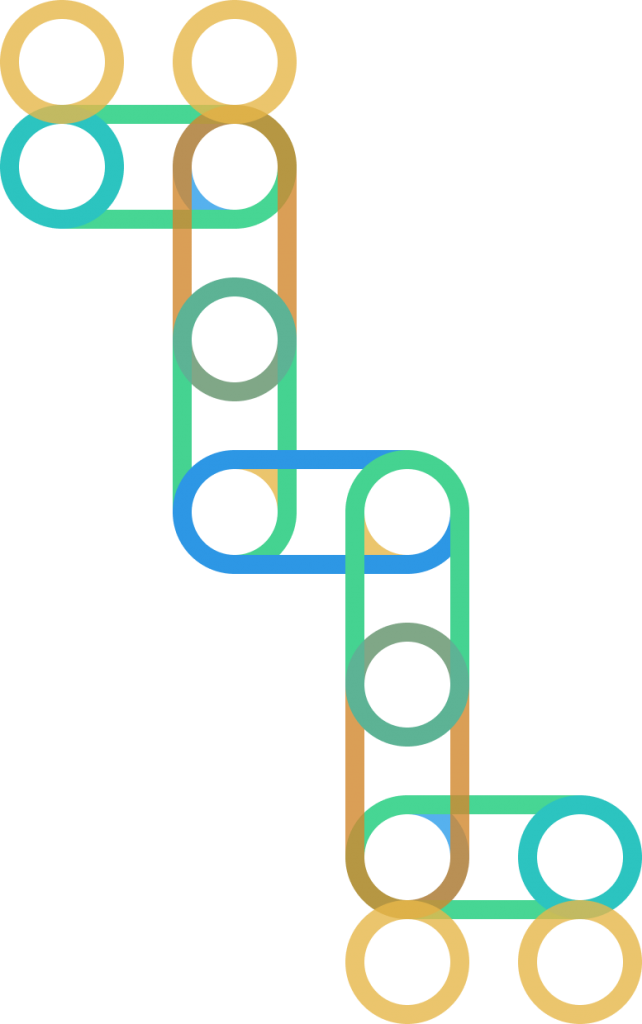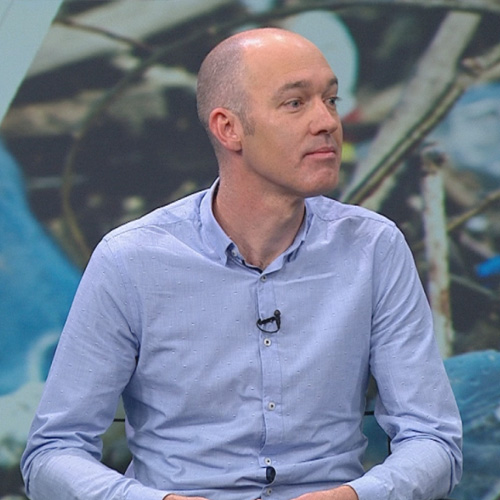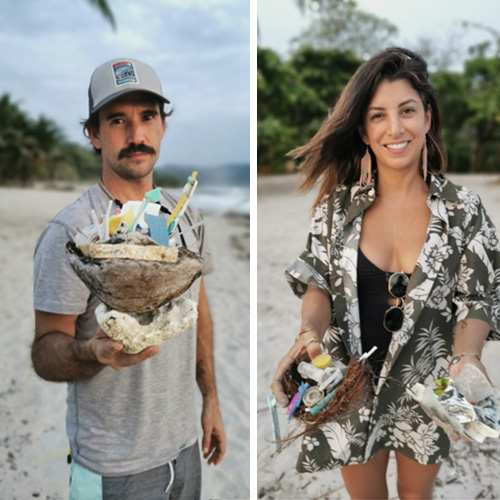
Bringing the PET industry together to co-engineer solutions that put nature back in the center of systems thinking.

Evertis & Selenis Chief Sustainability Officer, Marta Matos Gil, shares how betting on biomimicry and the placement of nature at the heart of its thinking may be an important step towards a healthy future for the industry.
“We have begun adopting a regenerative mindset since 2019 and we’re still at the beginning of this journey,” says Matos Gil. “It’s something that we’ve really been attracted to and we are dedicating a lot of our time to this transition from a complying sustainable mindset to a regenerative one. Part of this transition has been understanding Biomimicry or simply imitating nature in the design of our products and our processes. We’re really keen on inviting the whole industry to join us in this movement, because we truly believe that nature has always been really wise in integrating diversity and creating resilient systems out of it, wisely finding solutions and evolving. And we believe that there is a lot to learn in our industry if we start using nature’s systems as a guide.”
Moving the company’s processes closer to those seen in nature, fits within a broader ecological renaissance being proposed by leading systems thinkers offering solutions that will put our economic activity back into balance with the needs of the planet.
“We basically are learning to use nature as a source of inspiration,” says Matos Gil. “Look at its processes and structures and see how nature creates conditions for life to flourish and for organisms to protect themselves. One of the different aspects we’ve been looking at, is the relationship of decomposition and water abundance. So where we used to think just about, for example, reducing water use or improving water efficiency, we also now think of the use of water as an element with qualities we may want to increase in some aspects in order to allow better recycling processes and reduce chemical use. So it is not just the reduction of over consumption of water but also the strategic and wiser use of it, just like living systems do”.
Improving our collective capacity to recycle 225m tonnes of plastic packaging a year, and to prevent more than 8 million tonnes of plastic ending up in our oceans, is one of the biggest challenges currently facing us all. There are already significant signs of the industry waking up to the challenges it faces in this context. Initiatives like the New Plastics Economy, have forged a new spirit of collaboration amongst the different stakeholders from consumer goods companies to plastics manufacturers, plastic producers and plastic recyclers, to propose the solutions and systems required to achieve the ambitious goals laid out in the Ellen MacArthur Foundation’s much publicized push to take the world towards a circular economy.
Going beyond the cradle-to-cradle approach and the declared goal of making all plastic recyclable or reusable by 2025, to an even more ambitious, regenerative approach is the ultimate goal.
“Talking about regeneration in our industry is something new. But I must say that it’s something that we’ve seen a lot of interest from the partners that we’ve already introduced the idea. So I think it’s something that will pick up, because a lot of people feel that there is a need to do something beyond. I think many people have realized that the “do no harm” posture is not enough.”
With more and more investors adding environment, social and governance investment criteria to their decision-making, there’s a crystal clear financial incentive to make the shift to a more regenerative approach that puts people and place on the balance sheet so that investors can more accurately calculate the potential risks of investing in a company and fully understand a its actual profitability.
“One thing that’s very optimistic is really that the level of collaboration between industry players has taken a different level in the last year or so,” says Matos Gil. “The Plastics Pacts have helped that because now we have regular meetings with our competitors. So, whereas competitors in the past used to be seen as that, now they’re seen as our partners and we’ve gotten used to a dynamic of on a regular basis, talking to them, to actually reach these systemic solutions that we’ve all been looking for. And we have understood that we’re in a moment where collaboration is needed to actually reach these solutions, these systemic solutions that we’re all looking for.”
“Collaboration is definitely something that makes me feel optimistic for the road ahead. And apart from what we are doing through Plastic Pacts, just in general, the two way communication between our customers, between competitors, between our suppliers, it’s really improved as we’re all facing similar issues amongst the climate crisis. We started to look elsewhere than just within the organization to find those solutions. And I think this improvement in the way of acting is also going to be an important part of bringing about change,” says Matos Gil.
Apart from bringing leading industry figures together to share their progress and seek ways to speed up the transition, the newly launched AdaPETation platform invites external players to join the conversation and invites new ways of thinking into the equation.
“We’re really excited to be launching AdaPETation, an initiative where we want to invite anyone within the PET business and also from outside the industry to help elevate the conversation around PET and polymers and find ways that we can all work together to close the loop on plastic production.,” says Matos Gil.
“Just to give you a recent example, through the AdaPETation Network we have found new strategic partners with regenerative water technology based on nano-resonance, and we recently started testing some of it, as a result we have improved the water efficiency of our plants, greatly reduced the use of chemicals within our water treatments and cut our energy consumption. It’s not necessarily an integral part of our final product but it’s really showing great results and having a very positive impact, it’s something that we’d love to share not only with our industry, but manufacturing companies anywhere. It’s strategic partnerships like these that make a difference. And I think that through the AdaPETation Network, raising the conversation in all sorts of areas will lead to companies joining forces and ultimately causing a beneficial impact on the wellbeing of nature’s ecosystems.”
The shift to version 2030 of the PET plastics packaging industry is well underway with a host of creative forces coming together to promote the solutions required to solve the pressing problems facing the industry and the planet.
If you feel that you have a solution for some of the most pressing issues facing the PET industry and would like to share them, or you would like to be included in the AdaPETation solutions network please contact AdaPETation by filling in the following form:
Share it
Useful Links
THE HISTORY OF PLASTIC
Throughout the history of plastic, PET has been crucial in keeping food fresh with lightweight and durable packaging solutions that have helped reduce food waste for almost a century. Learn all about the invention of plastic and the important role it has played feeding people and saving the lives of humans and elephants in the adaPETation® timeline of the history of plastic.





